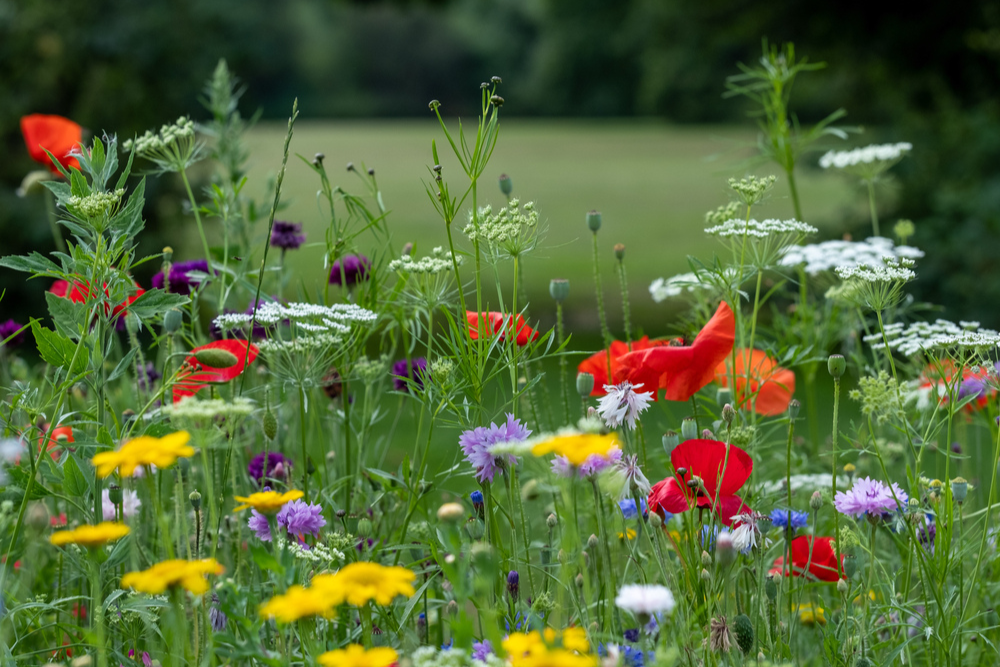
Analysis by the Wildlife and Countryside Link – a coalition of 86 voluntary nature and wildlife protection organisations – reveals that just 680 hectares of land have been secured for offsite habitat creation and enhancement under the scheme, which came into force last February.
A further 93 hectares of onsite habitat have been delivered, with the combined 773 hectares under half the minimum expectations and less than 13% of the 5,428 hectares Defra estimated was likely to be generated annually.
The offsite habitat creation is equivalent to an area similar in size to the Glastonbury festival, while onsite creation is an area only slightly bigger than London’s Clapham Common. Wildlife and Countryside Link CEO, Richard Benwell, said that “BNG is full of potential”, but also “full of holes”.
“Holes in ambition, which remains limited to just about offsetting harm to habitats. Holes in implementation, with huge numbers of planning applications falling through the gaps. And holes in enforcement, with no way to check that many of the promised gains for nature ever happen.
He continued: “Nature recovery and development can go hand in hand, but only if rules to protect wildlife are effective.”
BNG was developed as part of the Environment Act and requires developers deliver at least a 10% net gain in habitat creation or enhancement to compensate for any harm to nature from new developments.
Local authorities are legally allowed to set requirements above 10%, however, guidance from the last government said this should only be done under narrowly defined conditions, and only four authorities in England have so far implemented more ambitious 20% BNG requirements.
This is despite Natural England having admitted publicly that the 10% target is only likely to balance out nature loss and not secure nature gain.
On a more positive note, 30 local authorities have upcoming policies which, if adopted, will require more than the minimum mandatory 10% net gain, while 786 hectares of land have been proposed as potential offsite habitat banks, but have yet to be approved.
The Wildlife and Countryside Link is now calling on the government to ensure its upcoming planning reforms:
Benwell continued: “Ecosystems are critical natural infrastructure and it’s vital that the planning system plays its part by dedicating enough space for nature to thrive.
“Fixing the holes in BNG is just the starting point. This year’s planning reforms must ensure that at least 30% of England is protected for nature and that every new development is wilder by design.”
Image credit: Shutterstock